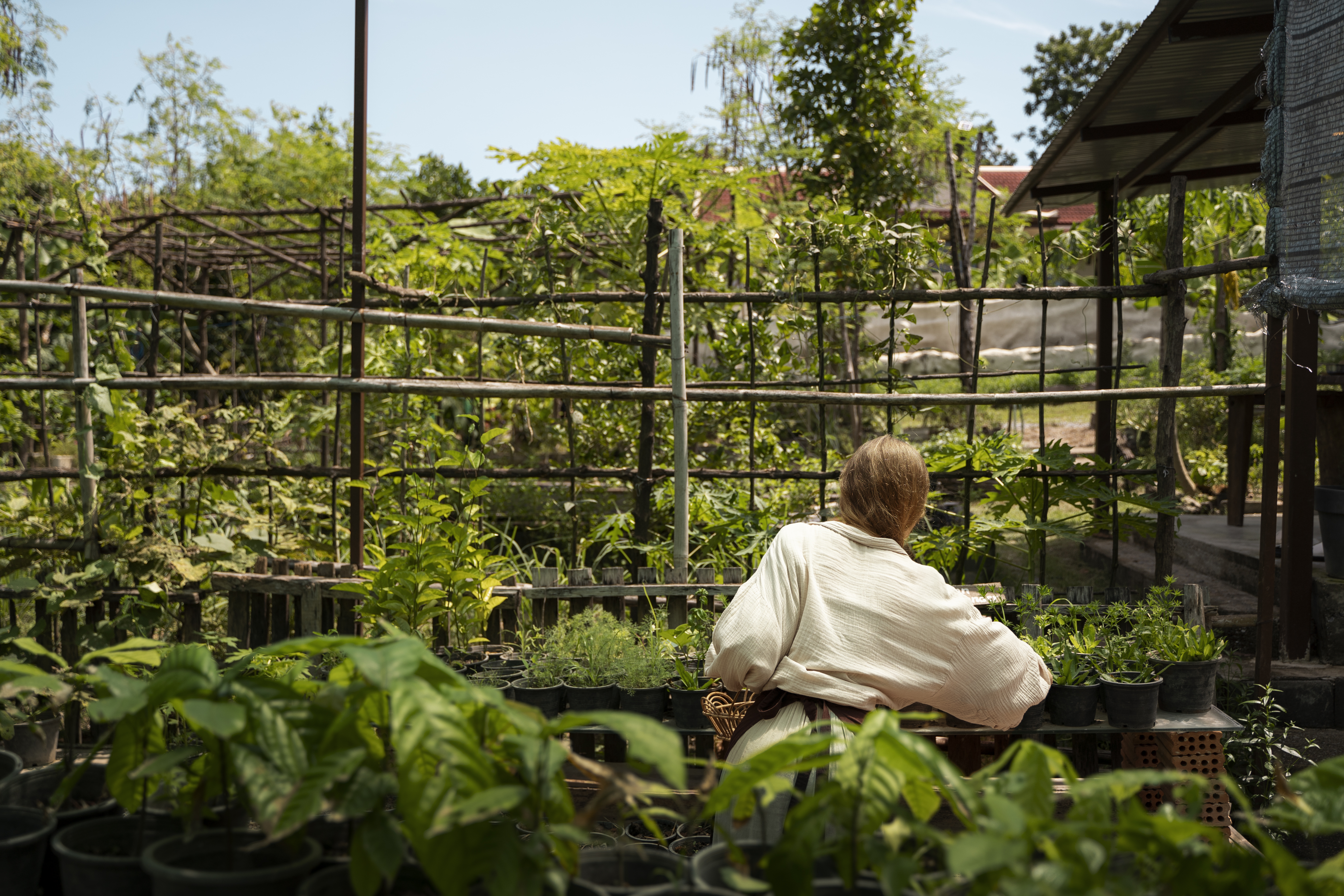All plants, bar a few specific exceptions, rely on sunlight for growth. Photosynthesis is when the chlorophyll in plants (the green pigment in leaves, stems, etc.) uses carbon dioxide from the air and water in the soil to produce sugars, which the plants use to grow.
But, just as you can get sunburned from too much exposure to the giant ball of gas in the sky, so can plants. Days with a high UV index and extended periods without clouds or rain can stress plants, causing sunscald, leaf burn, and dehydration. This is especially important in hotter, drier climates where intense sunlight and limited water availability make growing conditions more challenging. Some plants have adaptations, like waxy coatings or fuzzy leaves, to help protect against sun damage, but others may require shade or additional care to thrive.
Careful planning during pre-season and planting, with active management of your garden while it grows will keep your plants healthy throughout the growing season, no matter how sunny.
Gardens in milder climates generally don’t need much added shade. However, it’s good to have a plan in case of a hotter-than-average summer.
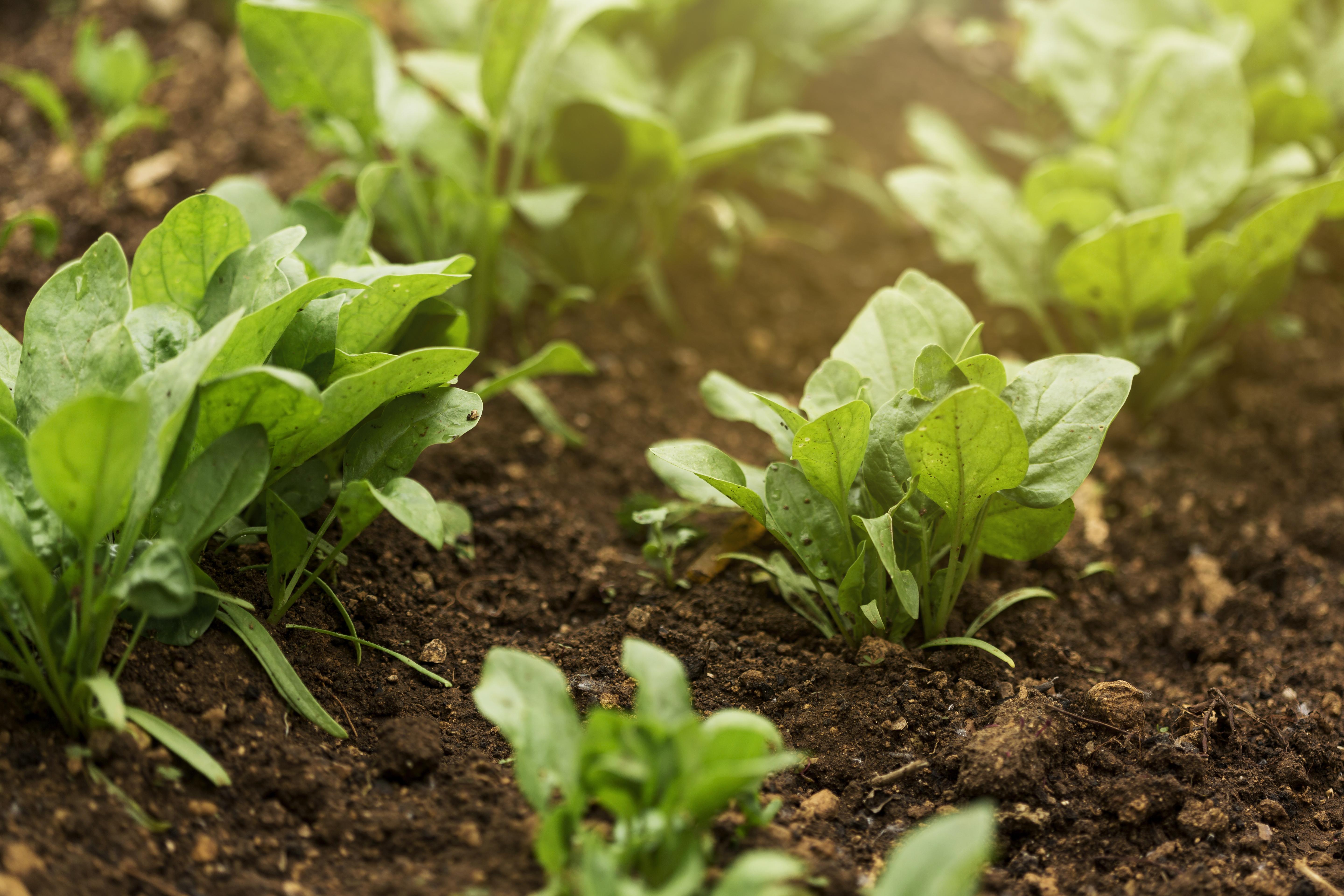
Types of Shade
We’ll classify shade into two types: natural and artificial. Neither is inherently better than the other, although artificial shade is often more adjustable to current conditions.
Natural shade is created through plants–especially trees and shrubs–which provide varying degrees of coverage as they grow. Deciduous trees offer seasonal shade, allowing more sunlight in early and late growing seasons when there is less sunlight while protecting plants from intense summer heat. Evergreen trees and dense shrubs create consistent, year-round shade. Vining plants on trellises and pergolas provide natural shade while enhancing airflow and cooling the soil, creating a dynamic microclimate.
Artificial shade includes shade cloths, pergolas, trellises, row covers, and garden umbrellas. These options offer immediate and adjustable coverage, making them ideal for protecting delicate plants from harsh sun exposure. While artificial shade may require occasional maintenance, such as adjusting placement or replacing worn materials, it allows for precise control over light levels–useful in regions with extreme temperatures.
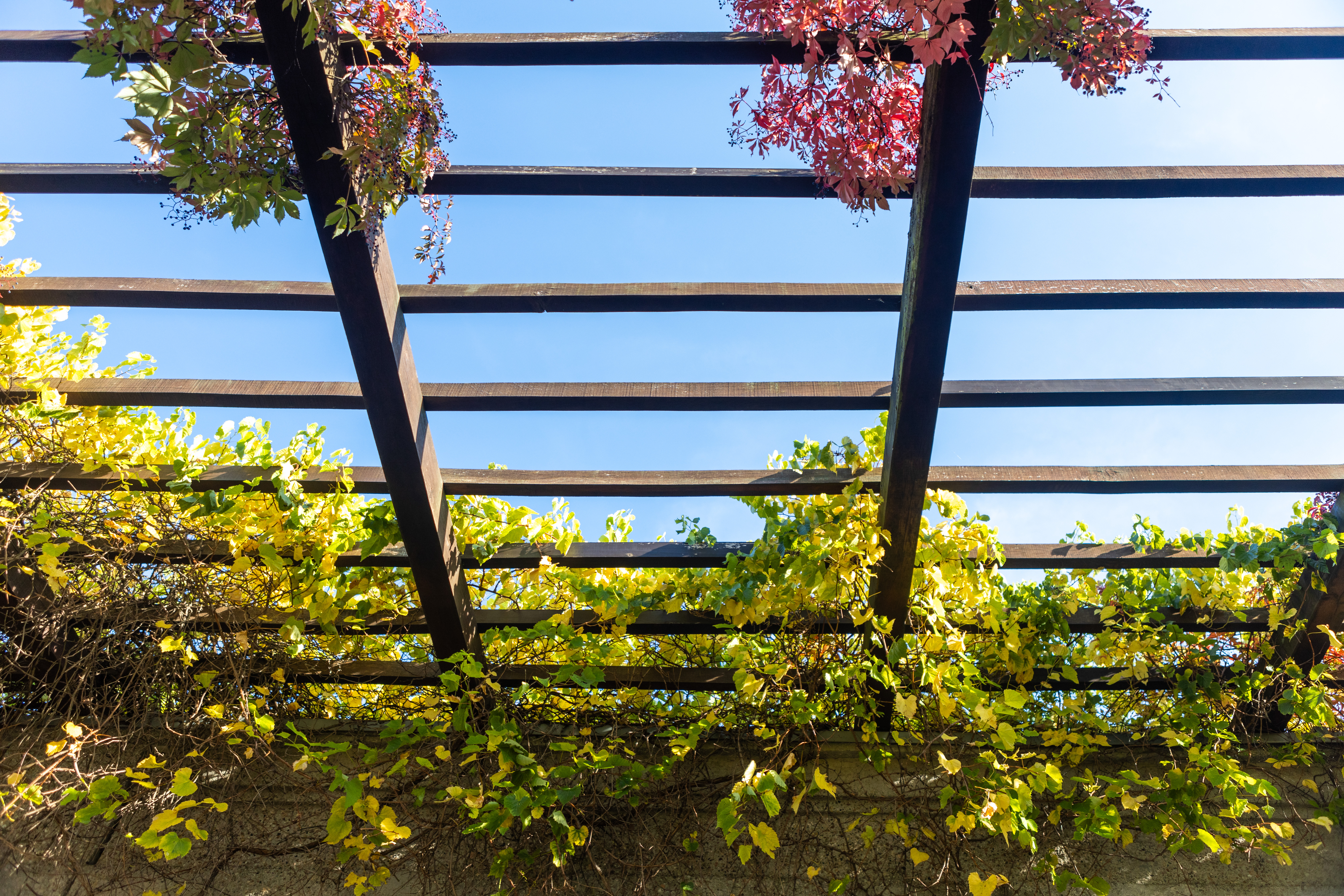
Natural Shade
Trees
Deciduous trees lose and gain leaves with the seasons, providing shade when plants need it most. Plant them to block the sun from the south to the southwest without reducing winter light.
To prevent water competition, place them about ⅔ of their mature height away from garden beds. They take around five years to provide significant shade so temporary shading may be needed. However, their fallen leaves create natural mulch, which you can use to enrich the soil.
Fruit trees can be an excellent addition to your garden. Some plants can also be planted directly underneath them, allowing you to use more garden space. A favorite of mine is strawberries under apple trees; they do exceptionally well together.
Evergreens can be good for shade, but many are quite thin, so offer it in limited amounts. Additionally, if planted to shade from the south to the southwest, they will reduce your growing season by at least a few weeks.
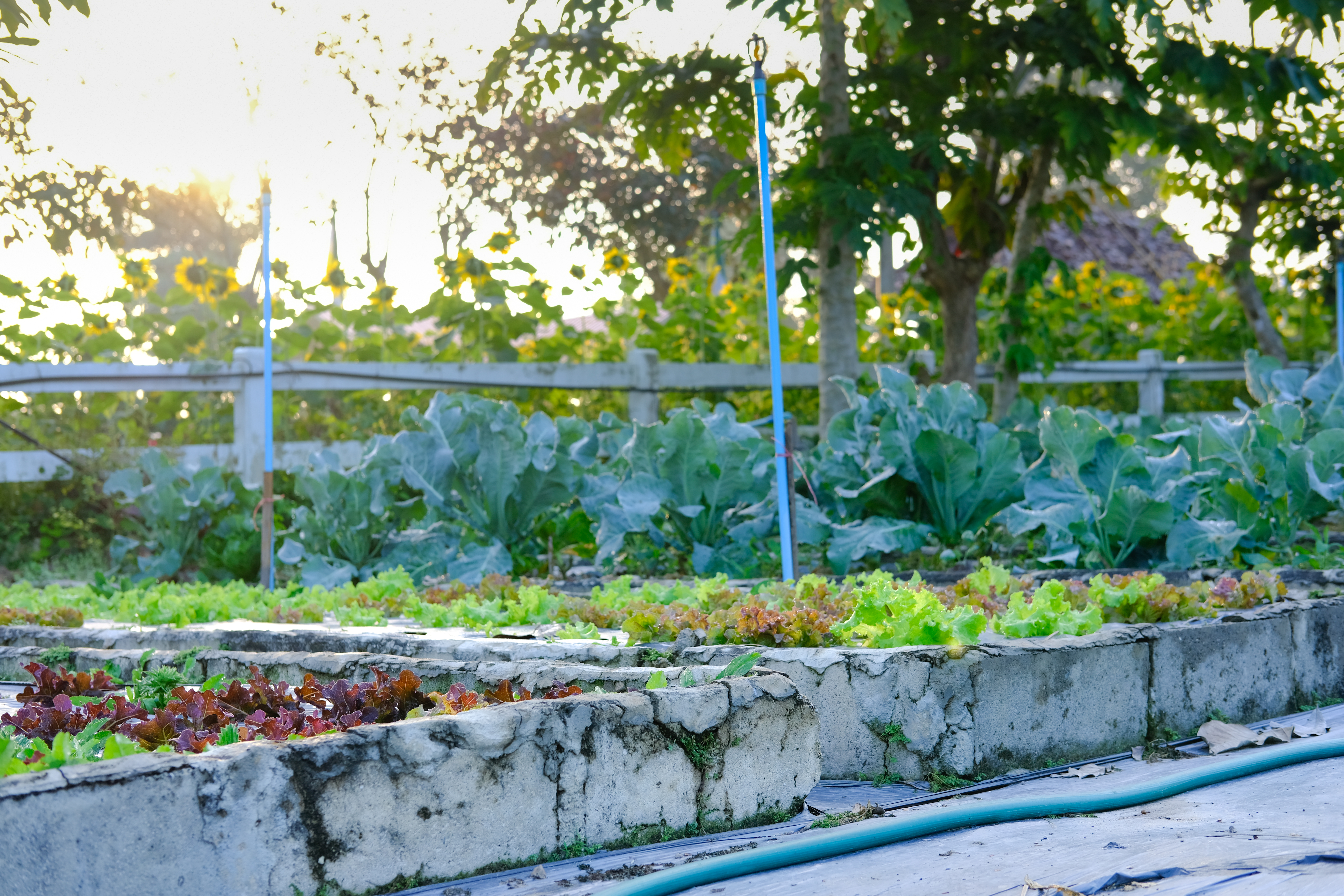
Companion Planting for Shade:
Companion planting creates shade by pairing plants together. For example:
- Shade-loving vegetables: Plants like spinach, lettuce, and kale can grow well in shaded areas, particularly under taller crops like corn or trellised pole beans, which are far more tolerant of sun. Pairing these shade-loving vegetables with taller plants provides mutual benefits—taller plants create shade and lower-growing plants can help keep the soil cool and increase soil life.
- Groundcovers: Groundcovers like creeping thyme or moss can spread quickly in shaded areas, acting as natural mulch. These plants also work well around trees or shrubs, reducing weeds and keeping the soil cool.
- Herbs in the shade: While many herbs prefer full sun, some, like mint, parsley, and cilantro, can thrive in partial shade. These can be grown in containers or at the base of taller plants to maximize space and create a layered effect in your garden.
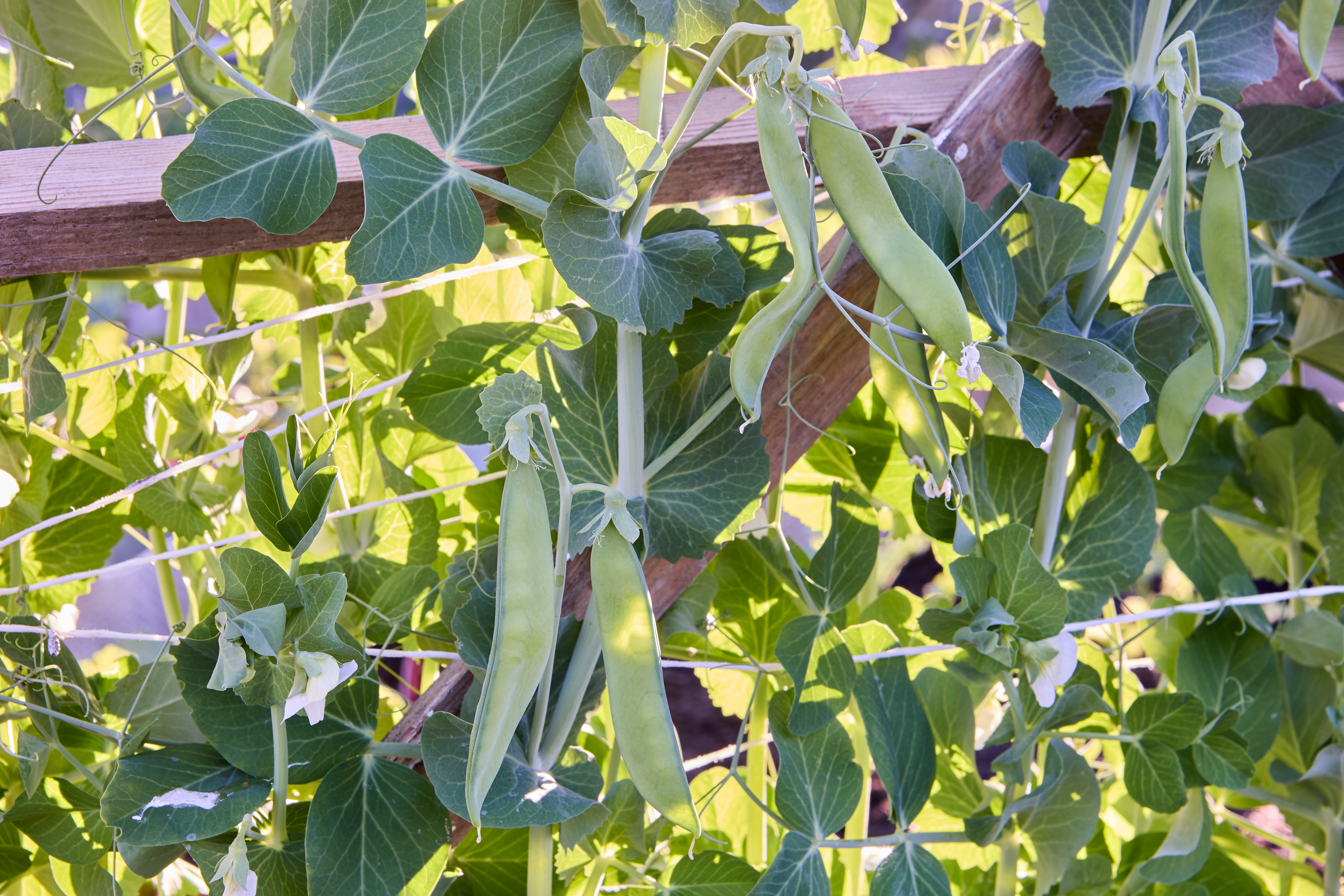
Artificial Shade
Shade Cloth
Shade cloth, or shade fabric is a semi-opaque material that you can suspend over your plants to restrict the amount of light that reaches plants. It also filters it into a dispersed pattern, reducing sunburn risk; a common cause of brown, splotchy leaves.
The density of shade cloth is an important consideration. Too much shade and plants will wilt. Many areas only need shade cloth during the height of summer, if at all. This table is a rough guide for many areas.
Shade cloth can be installed in a variety of ways. Using flexible canes you can create a tunnel over your plants, or the shade cloth can be installed like a wall along the south to southwest sides of the garden bed. Many gardeners also suspend shade cloth over their plants like a roof, leaving the sides open.

Observing how sunlight hits your garden and the type of plants you grow will determine the best method for you. For example, tall plants are less suited to a tunnel shade and are better suited to overhead or wall shading.
Find some shade fabric options here: Amazon.com: Agfabric: Shade Cloth
Permanent Structures
Pergolas provide a sturdy frame above your garden. Climbing plants such as wisteria, grapevines, and passionflowers (find plants suited to your area) can provide dappled shade during the summer. Climbing wires can also be strung between pergola poles, assisting plants such as beans and tomatoes when they grow tall.
Pergolas can be expensive but they are very adaptable. As well as plants, shade fabric can be attached to the structure, offering multiple types of shade.
Trellises are another permanent or semi-permanent option. Often smaller, they can be oriented along the sunniest side of the bed. They too provide a structure for climbing plants to grow on, and lattice structure still allows sunlight to filter through.

Creating Shade on a Budget
Many permanent structures such as pergolas and trellises can become expensive if your garden is large, and mulch can only do so much. You may already have some materials lying around that can offer a healthy amount of shade for your garden.
Old Bedsheets/covers
- White bedsheets, tablecloths, duvet covers, and similar fabrics can offer shade for your garden. The light color of the fabric is key and while not as effective as shade cloth, is a great way to reduce, and reuse what you already have.
Netting
- If you’re already using netting to stop rabbits, deer, birds, and insects, or you are considering it, netting is a good low-shade option, similar to 10% fabric. For many cooler environments, this amount of shade is sufficient for the average summer.
Find some netting options here: Amazon.com: Agfabric: Netting
Umbrellas
- Have an old patio umbrella lying around? Or one you’re still using? If shade isn’t a yearly necessity for your garden, patio umbrellas can be quickly moved to shade your garden on exceptionally hot and sunny days.
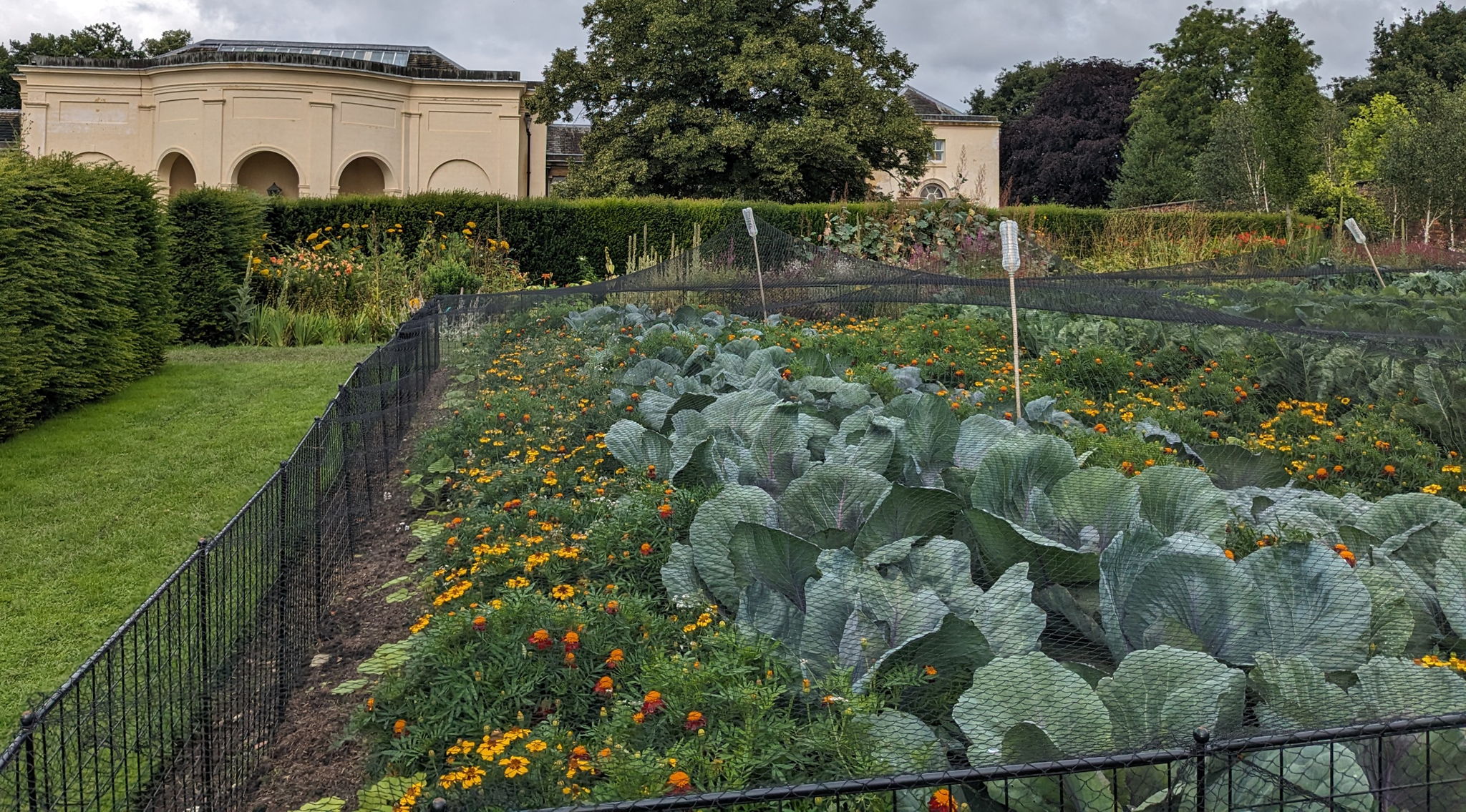
Mulching for Root Shade
While not overhead shade, mulch is crucial in shading plant roots, preventing soil from overheating and drying. Organic mulches like wood chips, straw, or compost act as insulators, keeping soil temperatures low and moisture levels consistent.
In warmer climates avoid dark mulches such as cedar as much as possible. Lighter mulches will trap less heat while retaining moisture and reducing plant stress.
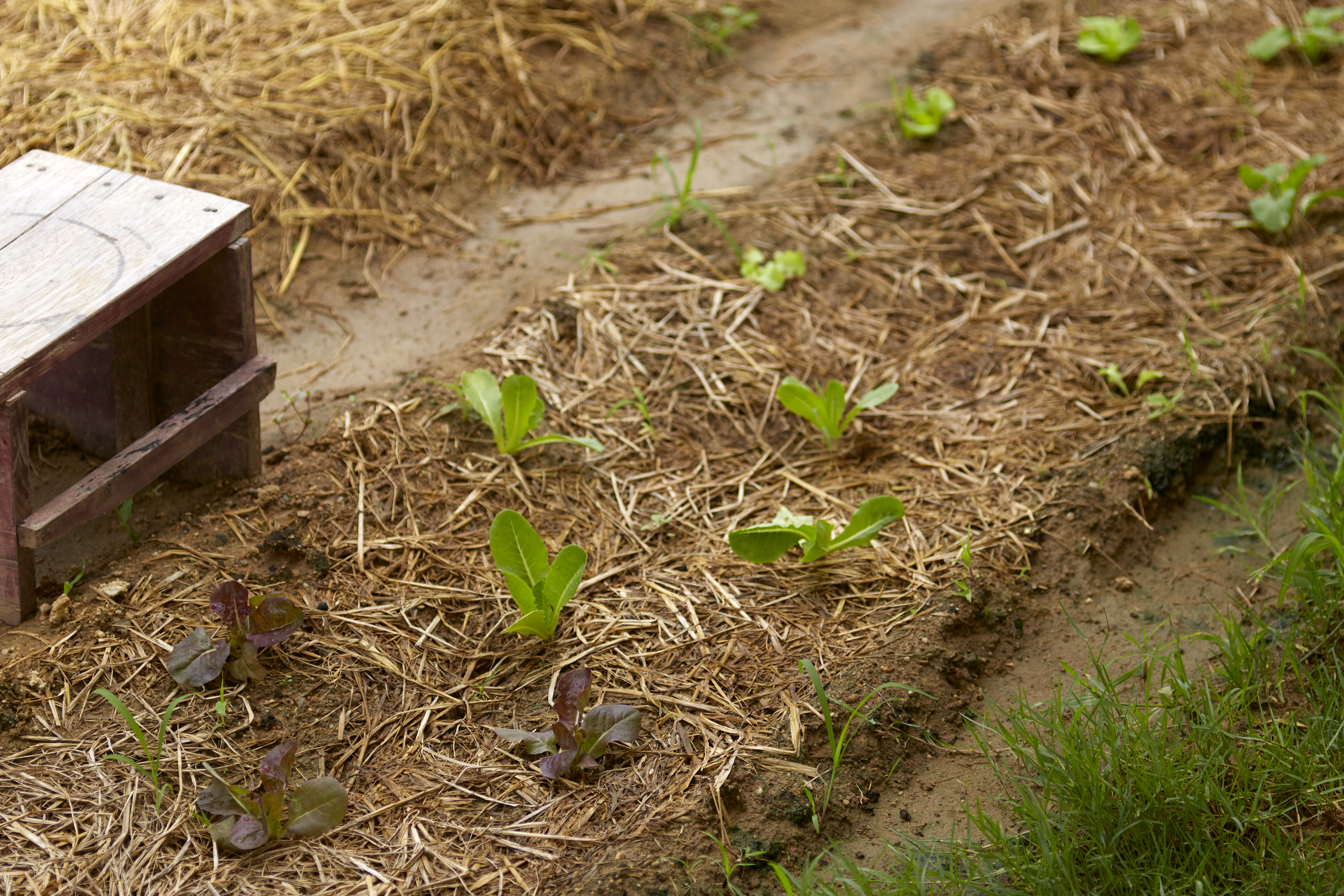
Choosing the Right Shade for Your Garden
Planning the right shade for your garden is essential for keeping your plants healthy, reducing heat stress, and promoting growth throughout the growing season. Whether you opt for natural shade from trees, artificial shade from structures like pergolas or shade cloth, or a mix of both, understanding your climate and the specific needs of your plants is key. Companion planting can further enhance shaded areas by pairing plants with similar light and moisture requirements. By taking the time to assess your garden’s unique conditions and selecting the right shade solutions, you’ll create a resilient, thriving garden that flourishes, no matter the sun’s intensity.
The best type of shade for your garden depends on your climate, plant selection, and garden layout. In dry regions, shade cloth and mulch can significantly reduce heat stress. In temperate areas, deciduous trees or pergolas with vining plants can provide seasonal relief without blocking too much light year-round. Portable solutions like row covers and umbrellas allow gardeners to adapt as conditions change.
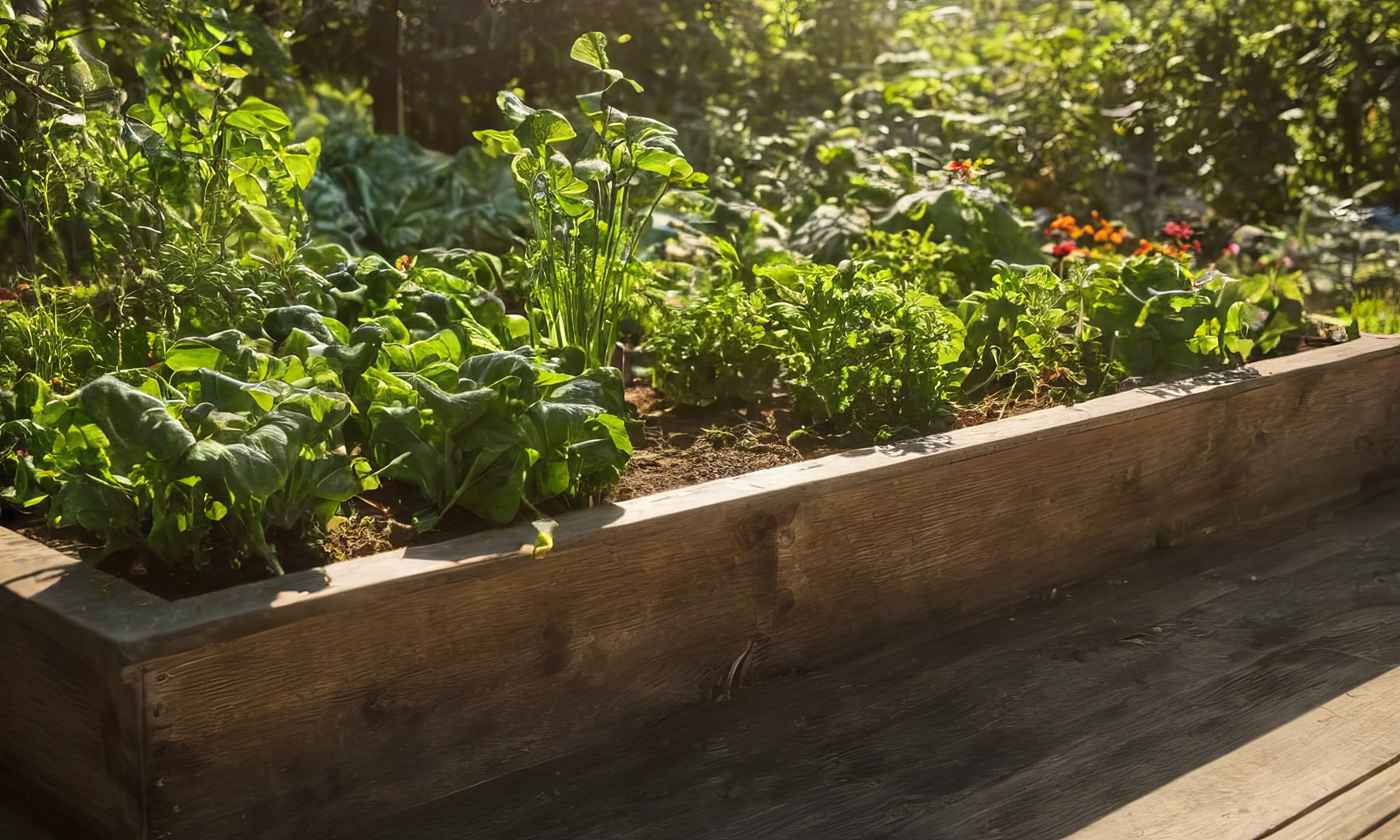
To get started, assess your garden’s sunlight exposure at different times of the day and experiment with shading solutions that best suit your plant’s needs.
Stay cool out there!
